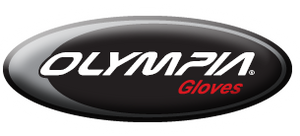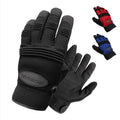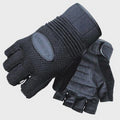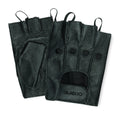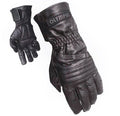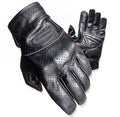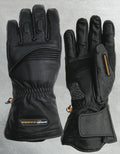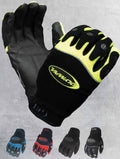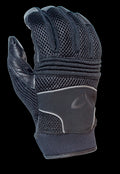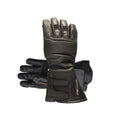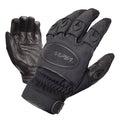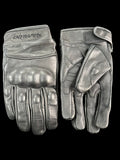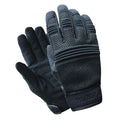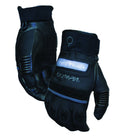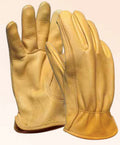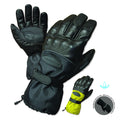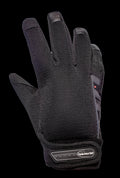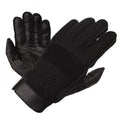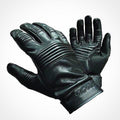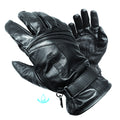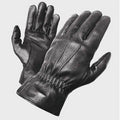Glove Company Tips: What's The Best Glove Leather?
Posted by ROGER HEUMANN
Buyers ask us this question all the time:
How do you choose the best glove leather?
Glove leathers vary widely, in terms of cost, finish, color fastness, abrasion resistance, suppleness, and many other performance factors.
Let’s look the most common types of glove leather, their qualities, and best uses.
What’s the Best Leather for Gloves?
Sheepskin from hair sheep:
Sheepskin is regarded among the best glove leathers, especially skins from Ethiopia, Nigeria and South Africa. The main attributes are a very smooth and soft/supple grain combined with light weight and extreme tensile strength.
Deerskin:
Because of it extreme softness and unsurpassed durability and ability to remain soft after it gets wet, deerskin makes a excellent glove leather. It has a highly desired plump, pebble grain characteristic look.
There are several types of deerskin, but notably, North American white tail deer is best for our purposes. Other deerskin options are mule deer, black tail and a domestically raised deer from New Zealand. These are all decent leathers, but inferior when matched against white tail deerskin.
Cowhide:
Glove tanned cowhide offers a great combination of qualities for the price (stretch, softness, smooth finish, and durability). Cowhide is especially known for its durability and supple hand. The stretch is good but less than sheep and deer.
Since it is priced more competitively than sheep and deerskin, in terms of value, cowhide is a great all around leather for a wide variety of gloves, such as gloves for motor sports as well as better quality outdoor sport gloves. .8 – .9 mm or .9 – 1.0 mm
Goatskin:
Goat is one of the most widely use glove leathers. Goat is best for value and durability.
Its main advantage is a lower cost than sheep and deer, yet it’s strength characteristics come fairly close. It looks a little grainier than cowhide — fine in some applications and less desirable in others..7 – .8 mm and .8 -.9 mm
Pigskin:
Pigskin is the lowest cost leather option, generally suitable for lower price points but not the best for durability and soft hand feel. .6 – 7 mm up to .8-.9 mm
Premium, Seldom Used Leathers:
There are many other specialty leathers that have great qualities but are not commonly used. They are out of reach either due to expense, or being hard to find.
Other less commonly used leathers include: Peccary, Kangaroo, Elk skin, Moose hide, Bison.
What Leather Weight/Thickness is Best?
Common leather weights (thickness) range from .7-.8mm to .9-1.0 mm, and this quality is related to it’s ideal end use.
- For instance: a sheepskin leather that is half the thickness of a cow or deerskin is better for golf gloves. A cowhide that is .8 – .9 mm or .9 – 1.0 mm has better characteristics for motor sports.
As you have read, there is a tremendous range when it comes to glove leather, depending on the animal it comes from, the grade, the finish, price, and other factors.
Still have leather questions? Check out our entire 5-part series on making leather gloves:
The Essential Guide to Leather Glove Manufacturing
To learn more about how to outsource glove manufacturing, from design through sourcing:
Need a Glove Company Consultation?
Have an upcoming glove project? We’ve got a team of glove experts who may be able to help. To talk to Roger, Ed or Peter, fill out the form below, or give us a call.
TAGS:
